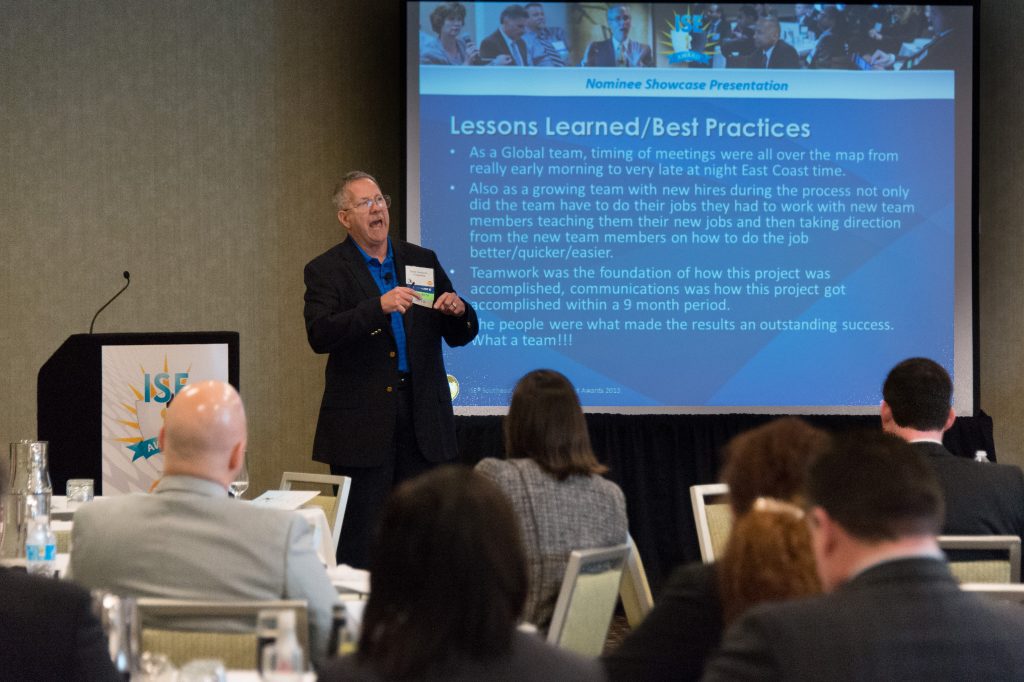In endurance sports, “hitting the wall” is characterized by a sudden and dramatic decrease in energy and performance and can be caused by various factors, including lack of proper training, inadequate nutrition, and overuse of muscles. For example, suppose you feel like you are “hitting the wall” during physical activity. In that case, it is essential to take a break, replenish your energy stores, and evaluate your training and nutrition to ensure that you are adequately prepared for your next workout.
When the phone stops ringing and your inbox is empty for business requests, you have “hit the wall” in your business.
Endurance athletes have the plan to avoid “hitting the wall” on race day. Usually, most of these athletes had experienced “hitting the wall” before they had a plan. Maybe this is your situation as well. You didn’t have a business plan, and now you need one.
What should your plan include?
Like a marathon runner, endurance athlete knows where their finish line is for them. If their finish line is 26 miles when they start, they are not running 26 miles. They break down their plan into bite sizes.

What is your goal? Do you want recurring income that allows you to use your time as you, please? Do you want to build retirement? Many start their business to have freedom. However, many of these people feel enslaved by it rather than free.
Define Your Customer
Are they male or female? Do they have a budget for one-time, occasional, or recurring services? Do they spend a lot of little time on the Internet? Where on the Internet do they spend their time? Where do they go to find your product or services?
What am I selling?
Most make the initial mistake of thinking they are selling a service or product. I challenge you to consider what benefit you are offering the customer. When you can connect emotionally, you will increase your business. Just look at all the automobile ads that relate to fear. They help the customer know they can feel safe in their product. What are they selling most of the time? Safety. Sometimes they show almost running over a child, or sometimes, they show how their engine performance will help you pull away from oncoming trucks or pass crazy drivers.
Connect the dots
Now that you know your customer and what you sell, you need to connect these dots.
Today’s most common mistake is an emphasis on quality, not the number of connections.
Suspension bridges, boats, and even rock climbers rely on many strands, not just one, to support them. Using more strands of a weaker tinsel-strength fiber can create a more robust support than with one strand of a stronger tinsel-strength fiber.
Marketing the rules of Seven and Three
Most all research has shown that you need seven different connections to turn a prospect into a customer. But unfortunately, many businesses fail to have a marketing plan with at least seven other links to their targeted audience.
While you may have planned seven different ways to reach your targeted audience, you want to try each method three times.
The first time you do something, you spend a great deal of effort to make it happen. The learning curve alone is very steep. Your audience is just being introduced to whatever you are doing.
You can make some necessary changes the second time you implement your idea. First, you don’t have that steep learning curve and are now building on some experience. The audience is now somewhat aware of what you are doing. Therefore, you have more buy-in from them.
The third time you know you have worked out almost all the kinks, your implementation is at its peak. At this point, your audience may be a raving fan of what you are doing.
By the third time, you will be able to make an excellent evaluation of the Return-On-Investment. If you did this the first time, you have too many things working against you from your mistakes implementing it and customer understanding what you are trying to do.
Marketing ideas

Make yourself newsworthy. When you win, you can enter contests and send a press release promoting yourself. In addition, you can get involved in a community event as a sponsor. You have a good chance of the local paper writing about your involvement by being there and involved.

Create a seminar. Create a program that will help your target audience. For example, one small public relations agency I work with in Roswell, GA, created a free seminar titled “Social Media Marketing Made Simple” to drum up business in the local market.
Create a brochure. If you meet your targeted audience one-on-one or they come to a seminar, you put on having something they can leave with is another strand.
Website. While this is static, you can point people to this, and sometimes they may stumble upon it if you use the right keywords for listing your website.
Blog. By writing a blog, you establish yourself as an expert in the field.
Social Media. Get involved in groups on the web where you can listen to topics you can help with. For example, you can find these groups on Facebook, LinkedIn, and Twitter.
With social media, you mustn’t be pushing yourself on everyone but pulling them to you.
This is true with all of your marketing.
Dale Carnegie said it best; “You can close more business in two months by becoming interested in other people than you can in two years by trying to get people interested in you.”

